FIRST NIGHT IN AGAT
The goals of capturing Agat village, Gaan Point, and Bangi Point, and moving inland from 1,300 to 2,300 yards had been achieved in spite of Japanese resistance.
"The enemy had his defenses ashore, consisting of numerous pillboxes built in coral outcroppings, well organized. Concrete blockhouses, located on Gaan Point, held a 75mm and a 37mm gun which enfiladed the beaches . . . The emplacements did not show through the scattered clouds on aerial photographs available prior to the landing. The block houses formed large sand covered mounds, and many palm trees made detection difficult." Maj. O.R. Lodge, Recapture of Guam
"They were waiting for us ... and there's blood immediately with that kind of artillery. The half-inch armored plate sheathing our amphibious tractors was not much protection." "Only the first wave was allowed to fire," ... "After that there was too much danger of hitting your own men."
"On Yellow Beach 2 we lost 75 men in an area the size of a football field, most of them in the first 10 minutes, ... And for every dead man, there are always two to three wounded. Our company had the most casualties of any in our battalion. ... "We were at point blank range, no place to go except straight ahead." ... Raymond G. Schroeder, 1st Provisional Marine Brigade
That night the Japanese attempted counterattacks in Agat. Led, by tanks, the Japanese mounted serious attacks from the north, east and south. These attacks were ultimately repulsed.
"We had quite an eventful night, completely separated from all other friendly forces by several hundred yards of rice paddy. Our instructions were to dig in and hold Hill #40, and this we did in spite of the night long 'banzai's' . Credit for our success goes to our company commander then First Lt. Stormy Sexton (one of the Marine Corps legendary heroes) and to our veteran NCOs. It was quite a night!" ... Charles H. Meacham, 4th Marines
"The executive officer of Battery A, Pack Howitzer Battalion, 4th Marines described that night: "At 2330, I challenged two figures edging along the side of the crater, but they turned out to be communicators checking a wire line. ... 30 minutes later, I saw four figures creeping along the same line, but when I challenged them, they hit the ground and rolled away from the hole, muttering in Japanese.
The "Gunny" in the hole with me threw a grenade, killing one and the other three were picked off by the gun sections. After this, reports of crawling figures starting coming in from gun sections and outposts all around the battery. Simultaneously with these reports, fire missions started pouring in. By about 0130, we were up to our necks in fire missions and infiltrating Japanese. Every so often, I had to call a section out for a short time so it could take care of the intruders with carbines and then I would send it back into action again. Somehow, one Japanese nambu machine gunner managed to get between our guns and the front lines and all night harassed us with fire." ... Maj. O.R. Lodge, Recapture of Guam
On 22 July, the Agat invasion force expanded its beachhead including the securing of the summit of Mount Alifan.
The night of the 22nd brought only isolated contacts with Japanese patrols. The following day, the 22nd Marines moved north to cut the neck of Orote Peninsula and encountered Japanese strong points that could not be taken.
However, the next day, a coordinated attack resulted in the neck of Orote Peninsula being secured and the Japanese there isolated. By this time, more units of the Army's 77th Infantry Division had been brought ashore and placed into the line on the south and east of the beachhead. Both the 4th and 22nd Marines consolidated into a line at the neck of Orote Peninsula.
Source
Subscribe to:
Post Comments (Atom)
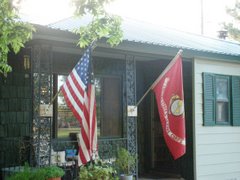
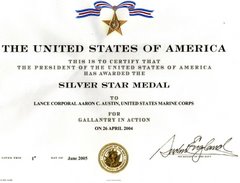
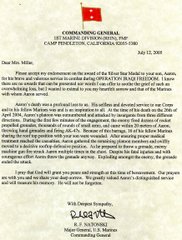
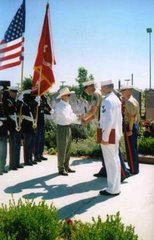


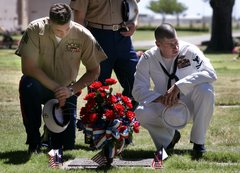

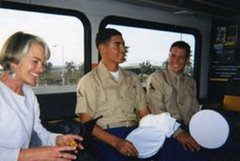

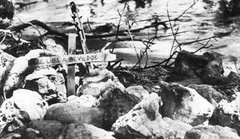


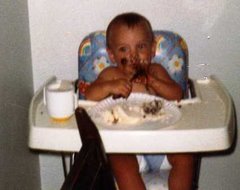


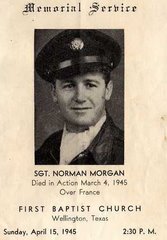
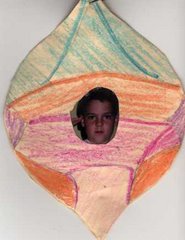

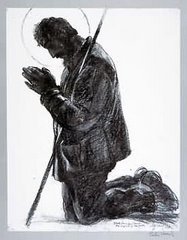
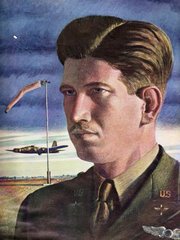

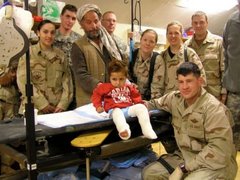
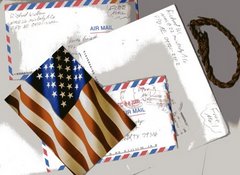

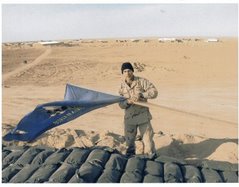


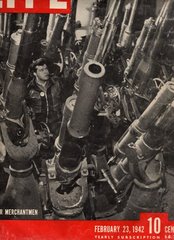
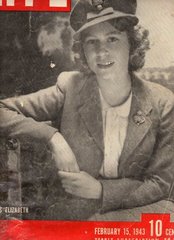

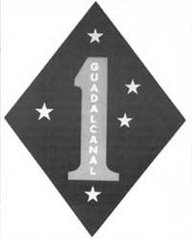
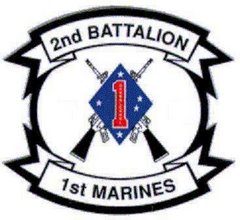


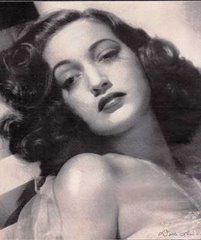

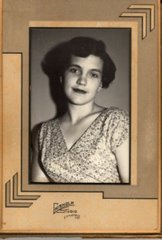

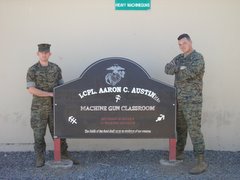

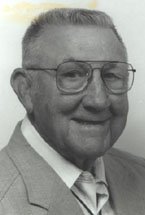

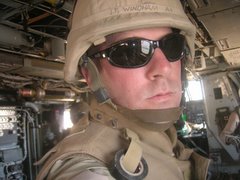
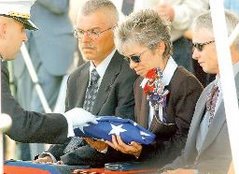


No comments:
Post a Comment